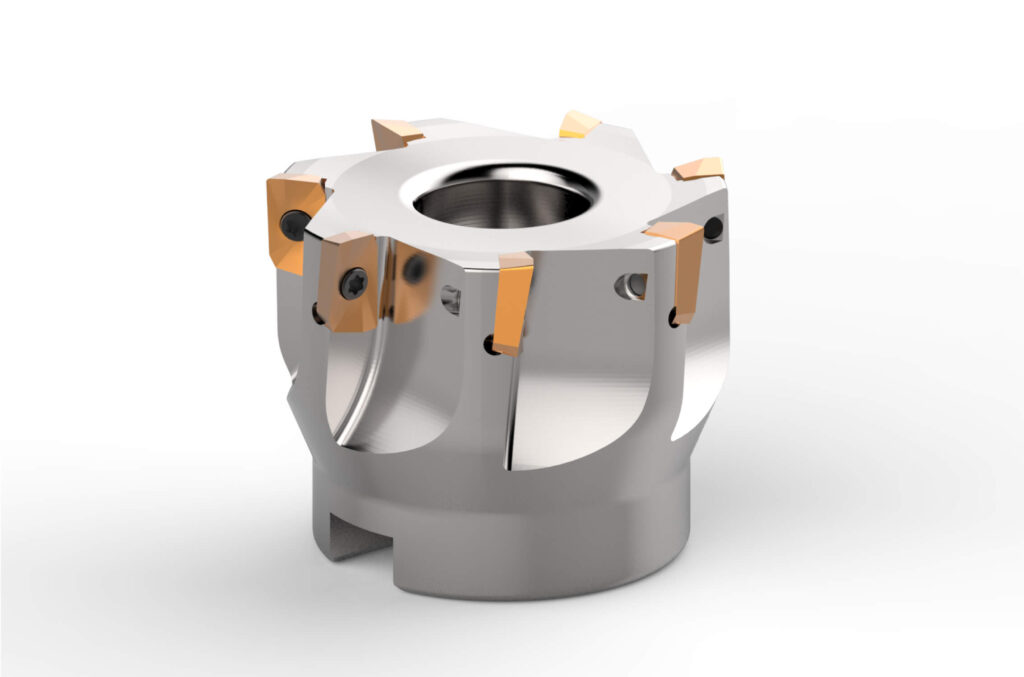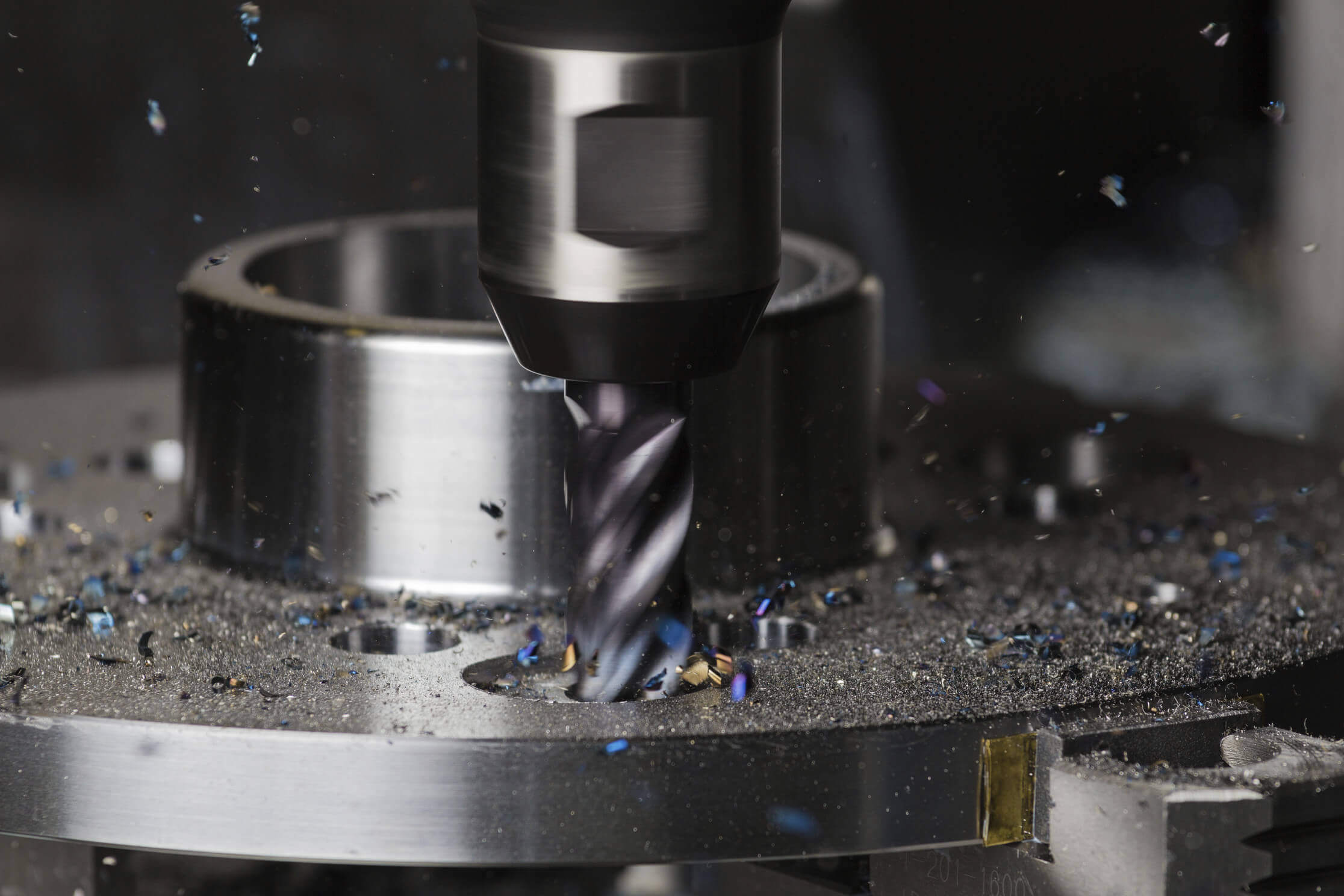Introduction to Common Materials and Tools for CNC Milling
CNC milling services are an integral part of CNC machining and have gained a lot of attention over the years for their use in a wide variety of parts. With CNC milling, you can achieve high precision and tight tolerances no matter how complex the geometry. FRONTLINE MACHINING specializes in machining services that handle difficult and complex materials.
These machines act as high-speed milling cutters that mold objects into the desired shape. They are known for their ability to process a wide range of metals and plastics, each with their own physical and chemical properties that can present challenges. Any CNC milling service provider must understand how these machines react and interact with each material formed.
This is an important aspect that this article sheds light on. In addition, it also highlights the benefits of CNC milling in handling the largest substrates. Stay tuned.
1.Commonly Milled Materials
This manufacturing technique works well with a diverse range of materials. Here are some important ones.
1)Metals
They have been the most popular choice of CNC milling services providers owing to their beneficial features. Also, they are preferred by most OEMs even when some are replaced by plastic. CNC milling has the ability to machine precise parts with tight tolerances, intricate designs, and smooth finishes and this is one reason these parts are used across industries such as automotive, aerospace, and heavy engineering. Working with metals, including steel, aluminum, brass, copper, and so on may seem easy.
However, it requires attention to detail and considerations like cutting speeds, tool selection, and cooling methods. High-speed carbide tools are used to withstand the high demands of metal machining. Cooling and lubrication are crucial to dissipate heat generated during the process. This helps in preventing tool wear and tear, extending tool life.
2)Plastics
This is another popular choice for CNC milling, offering a delicate touch while maintaining accuracy. CNC parts made of acrylic, nylon, polycarbonate, and more are durable, lightweight, and visually appealing. While machining plastics, it is essential to manage heat generation to prevent warping or melting. Always, thermoplastics are used as they can withstand high temperatures. Proper chip evacuation and lower cutting speeds are significant in maintaining the material’s integrity. In addition to this, higher rake angle tools are used to minimize cutting forces and potential part distortion.
3)Composites
As the name implies, they are a fusion of different materials to enhance their properties. However, this presents unique challenges for machining techniques. Owing to the beneficial features of composites, such as strength-to-weight ratio, they are preferred in aerospace and sporting goods. Manufacturing with them requires a fine balance between material-specific considerations and achieving the required precision. Thus, advanced tools with diamond coatings are used when working with abrasive composites.
4)Ceramics
They are known for their electrical insulation, extreme hardness, and high-temperature resistance properties. CNC milling machines can achieve cutting through tough and abrasive materials like these. While they can be challenging to machine as they are just as brittle, they find use across industries, including aerospace and medical.
This section has covered the commonly CNC milled materials in detail. While material selection holds a great significance in CNC milling, it is equally important to pay attention to the tooling for CNC milling. The next section explains this aspect.

2.Essential Tooling for CNC Milling
The selection of cutting tools is crucial for successful CNC milling to get the best output. The following are some essential tools to consider for milling.
1)End Mills
They are commonly used for several milling operations from slotting to contouring. They are available in different sizes and shapes to accommodate multiple milling tasks.
2)Drills
These tools are mainly used for creating holes. There are different types of drills such as twist, center, and more. The size of the hole and accuracy are two important requisites when choosing drills for your application.
3)Face Mills
They are ideal for large surfaces. They remove material from the workpiece’s face using multiple cutting edges.
4)Carbide Inserts
They are replaceable and mounted on milling tools. Carbide inserts extend the tool life and allow for efficient machining.
Are you interested in CNC-milled parts using these materials or substrates? If yes, you must consult a leading CNC milling services provider like Xavier. Over the years, we have been providing CNC milling services to their clients across industries. You can contact we to discuss your application requirements.
